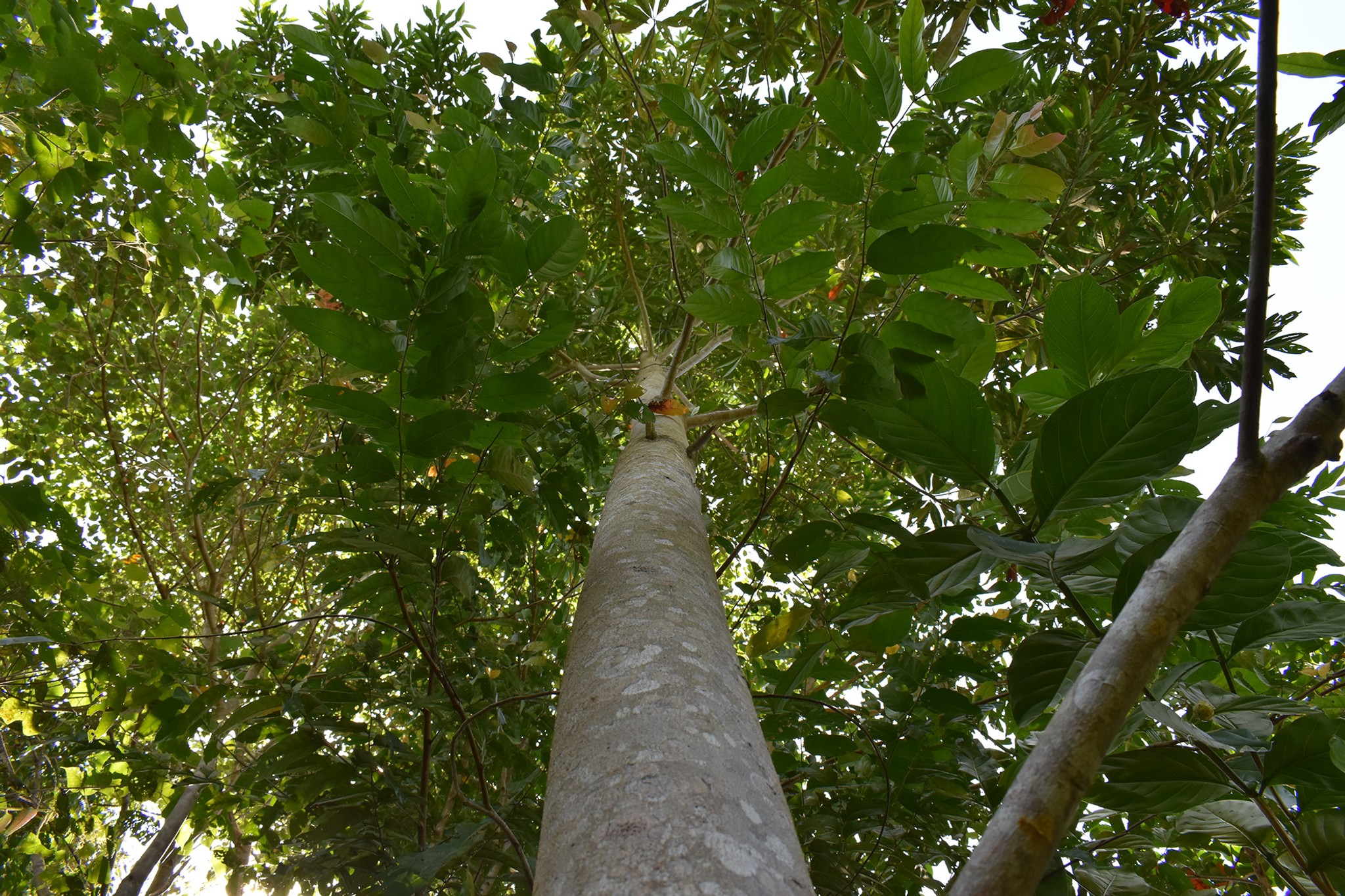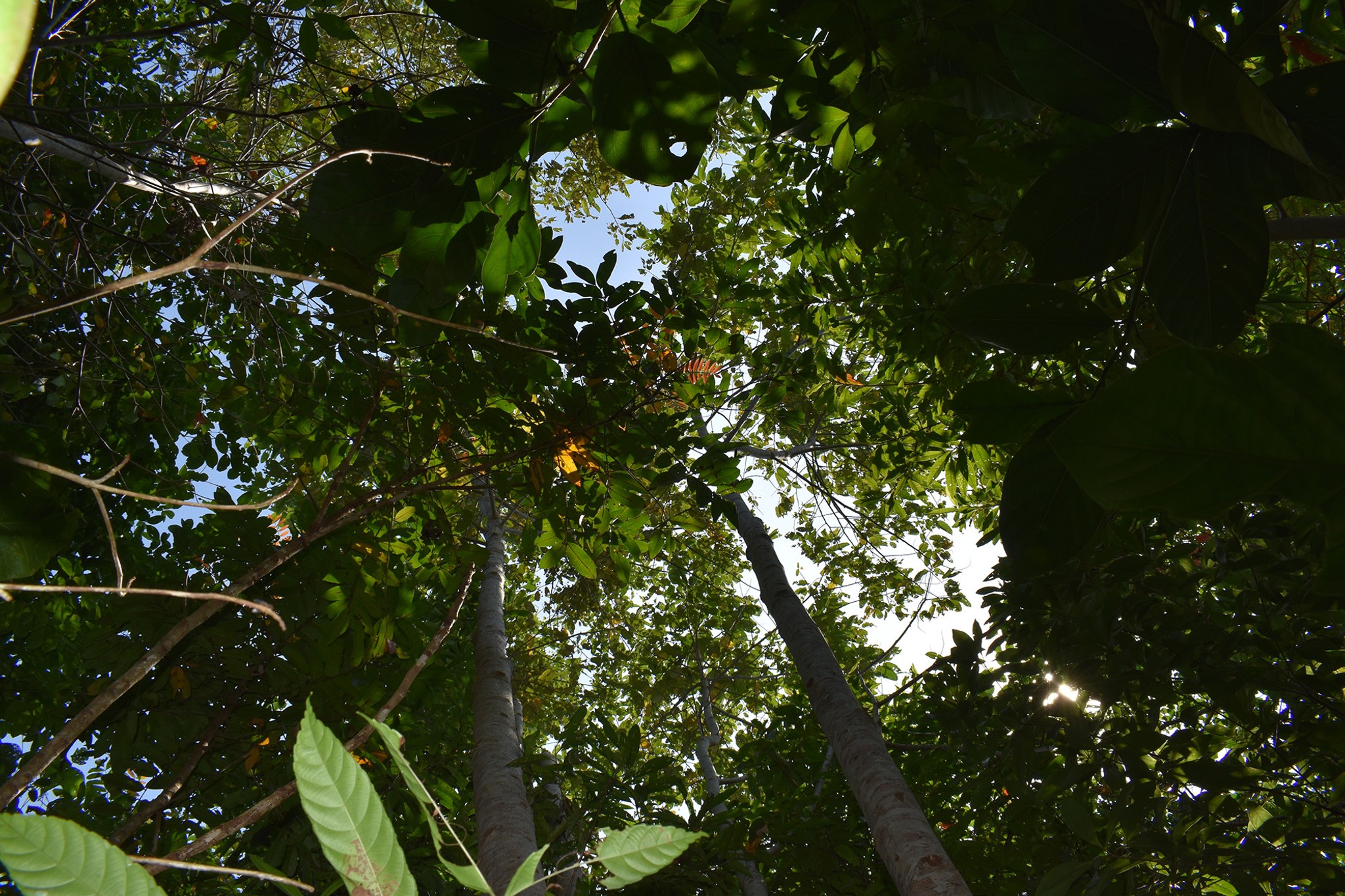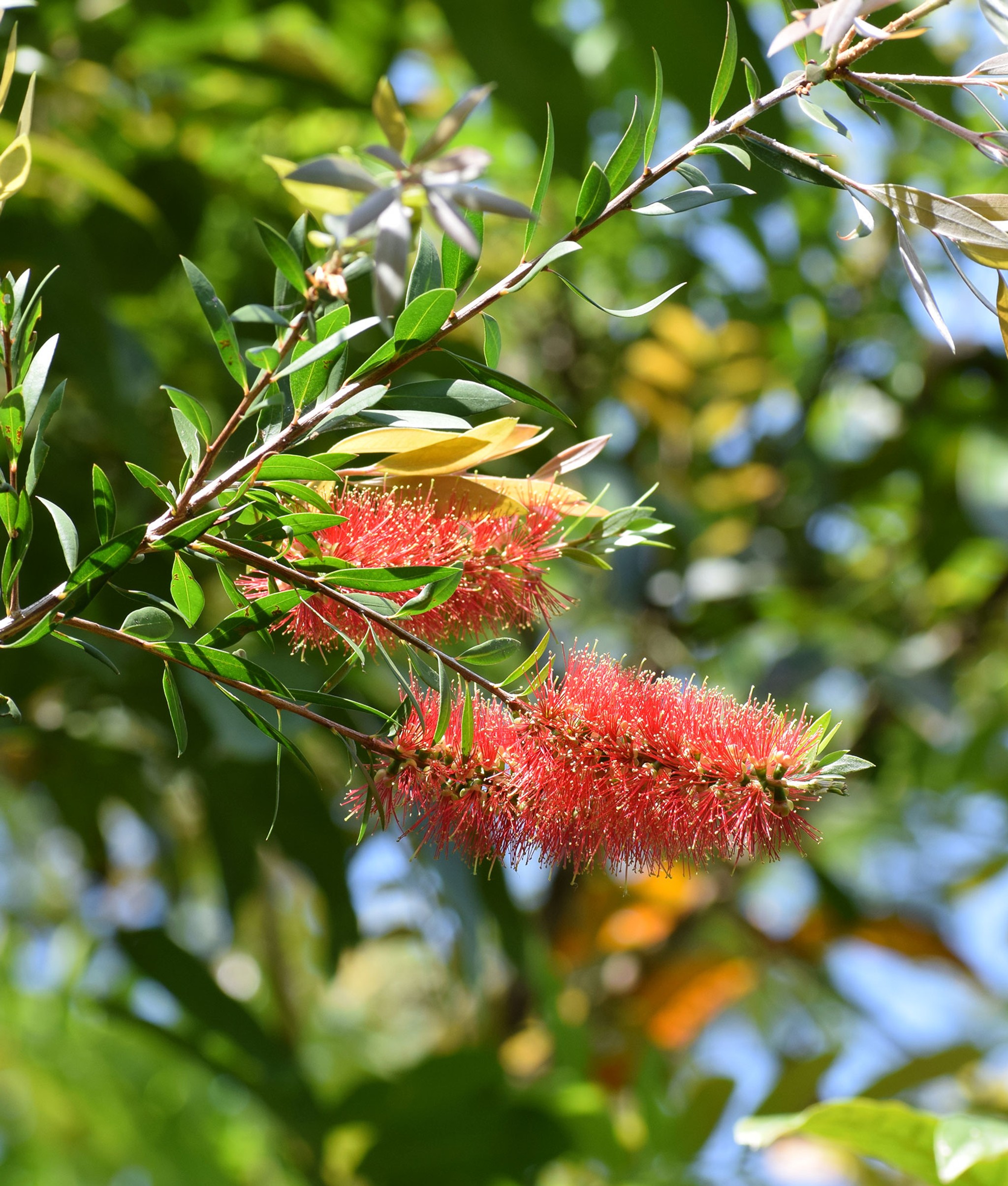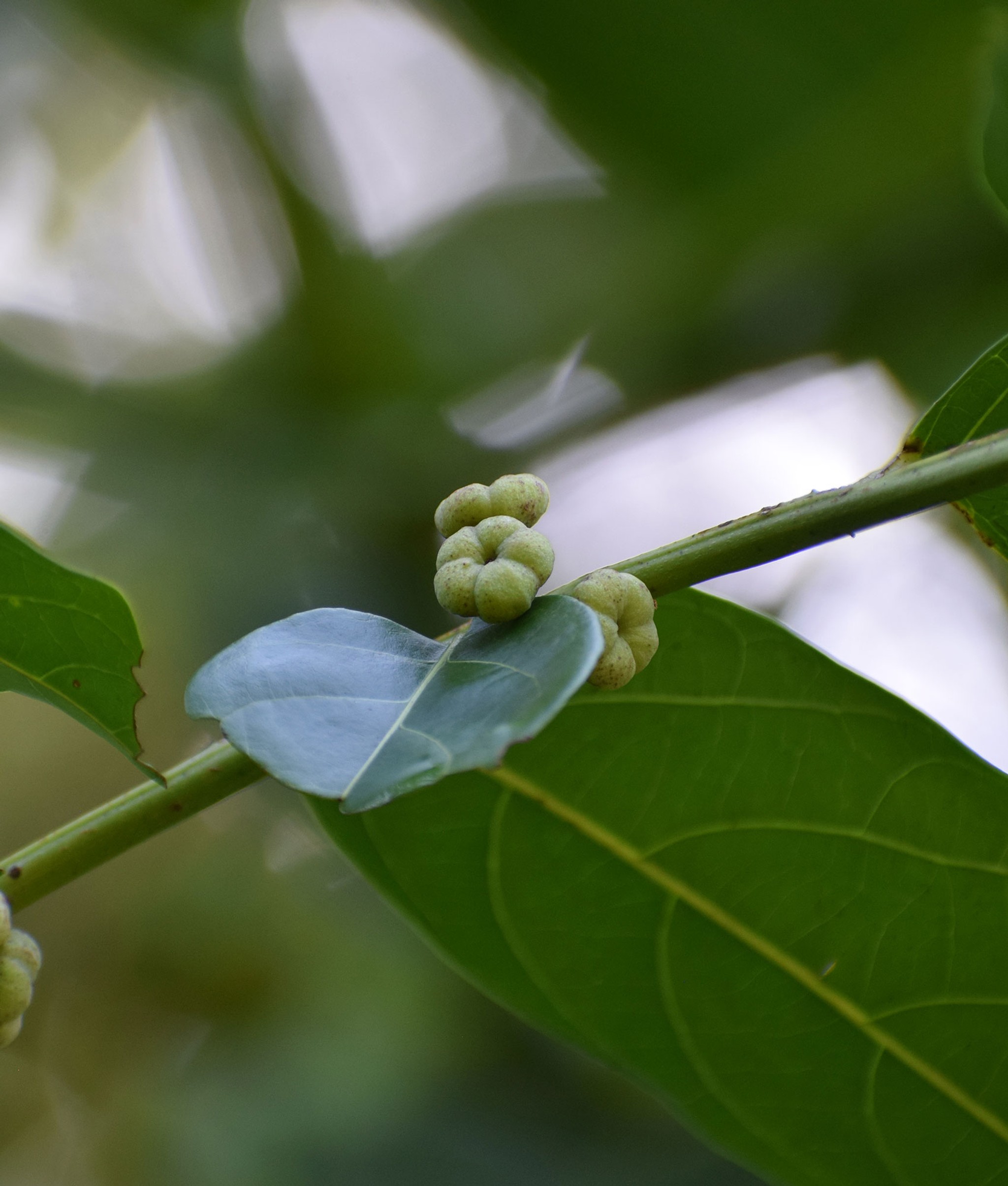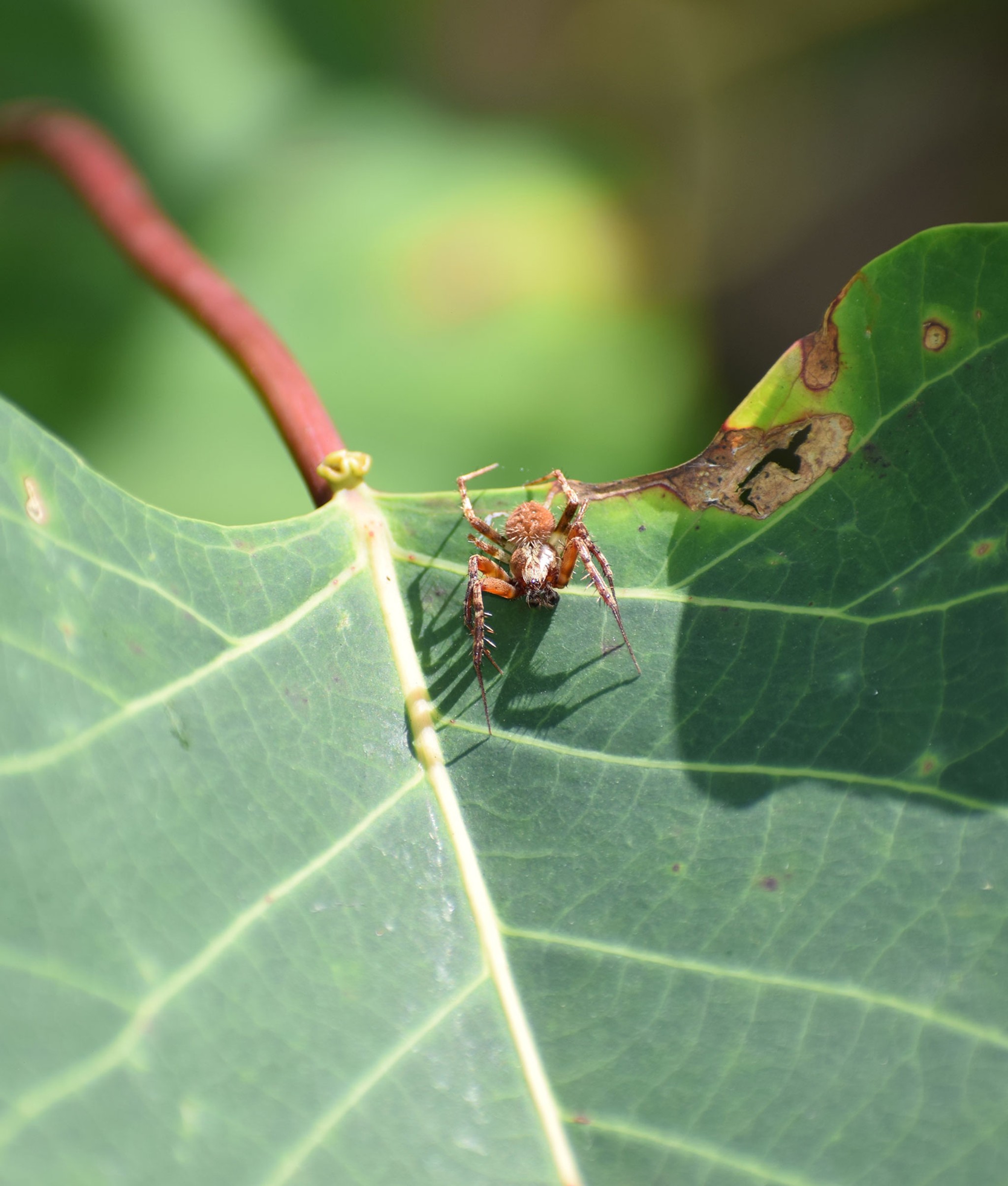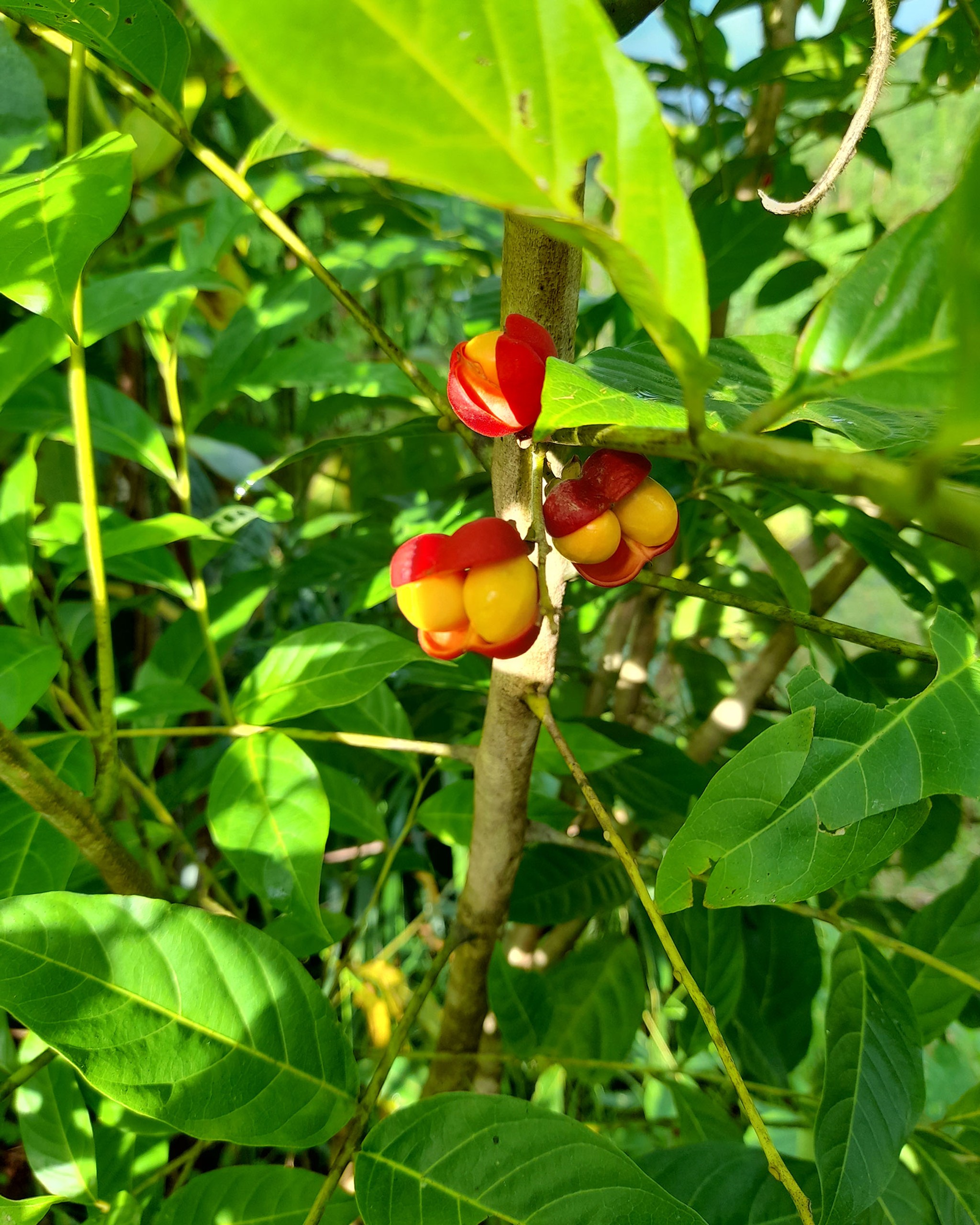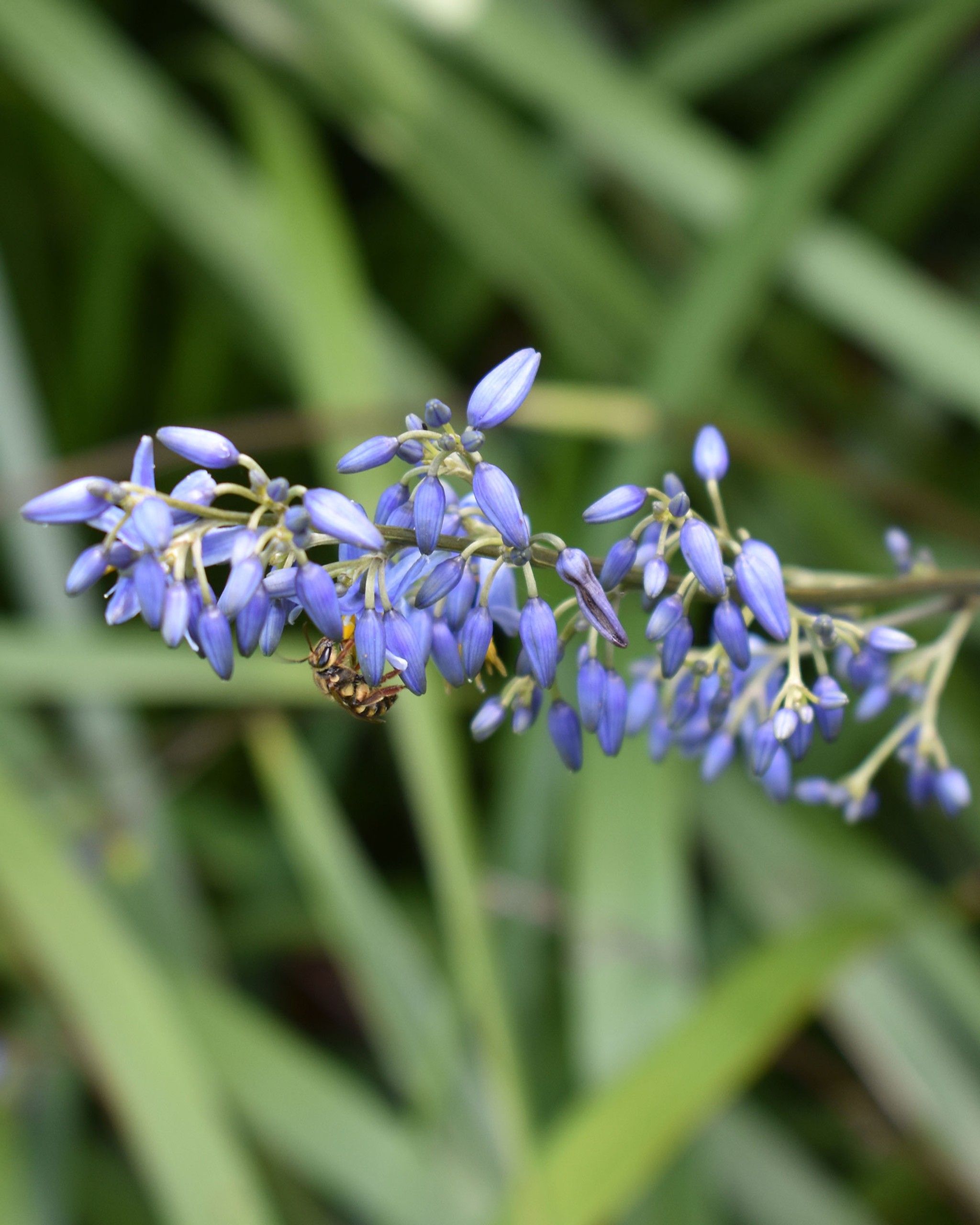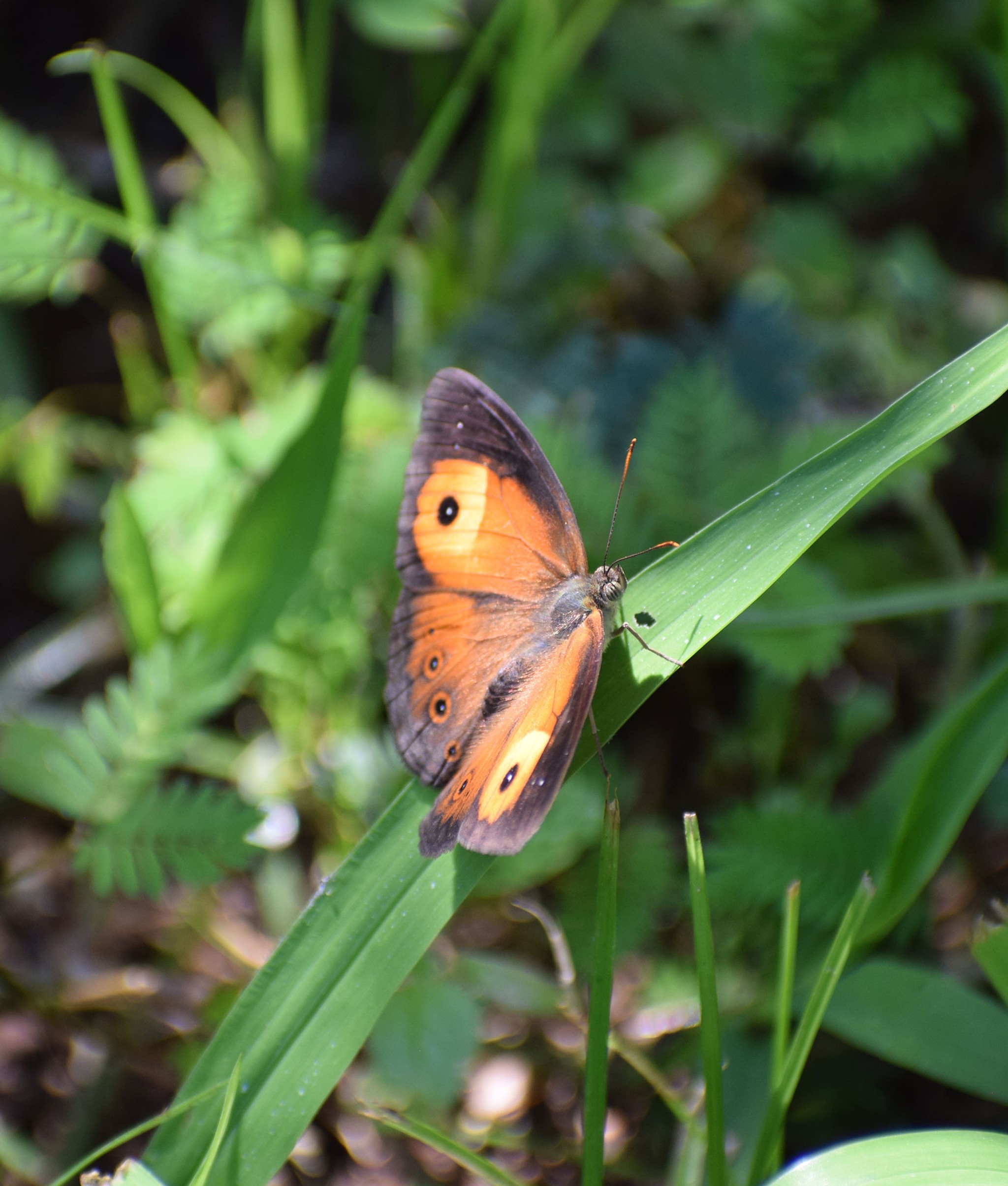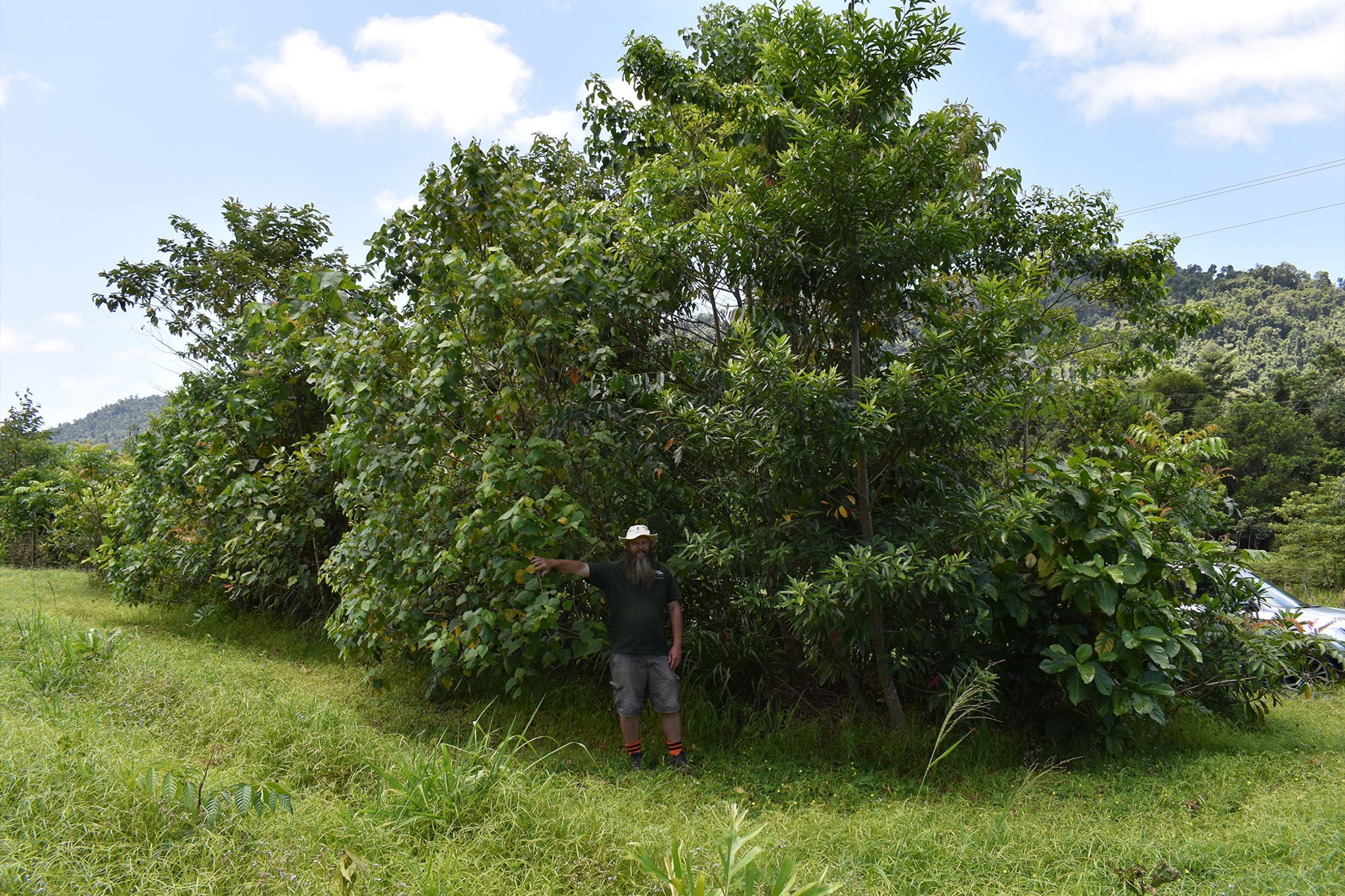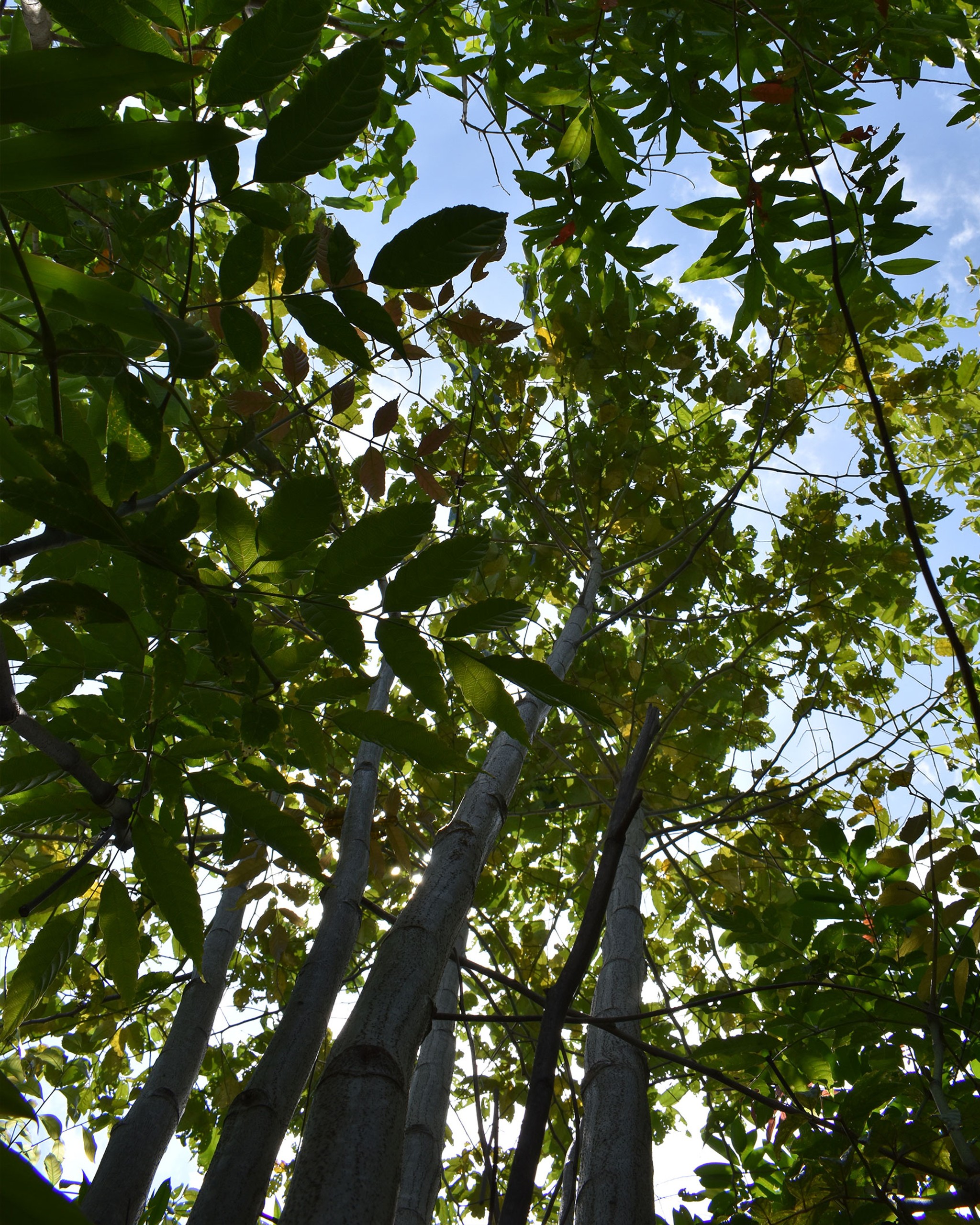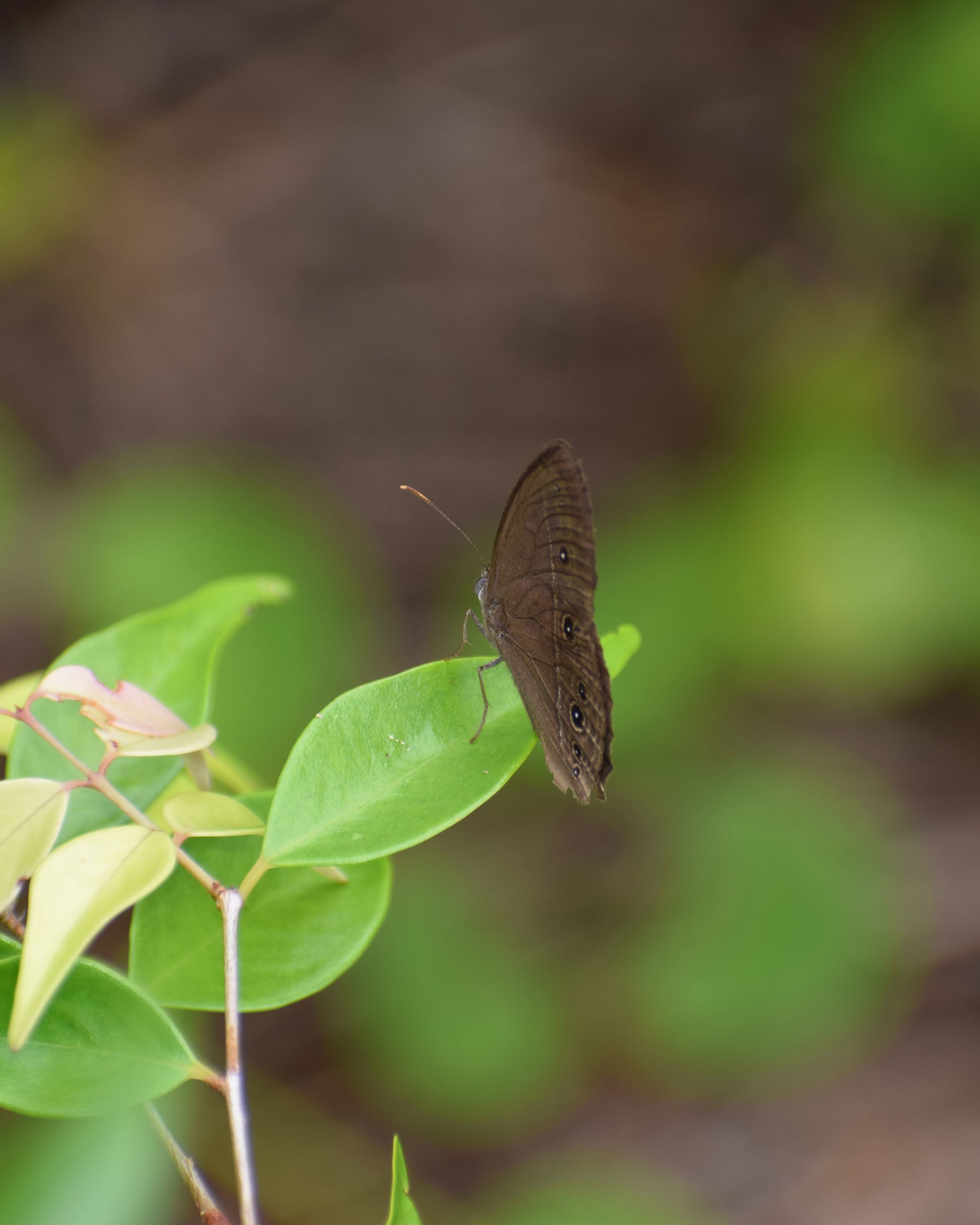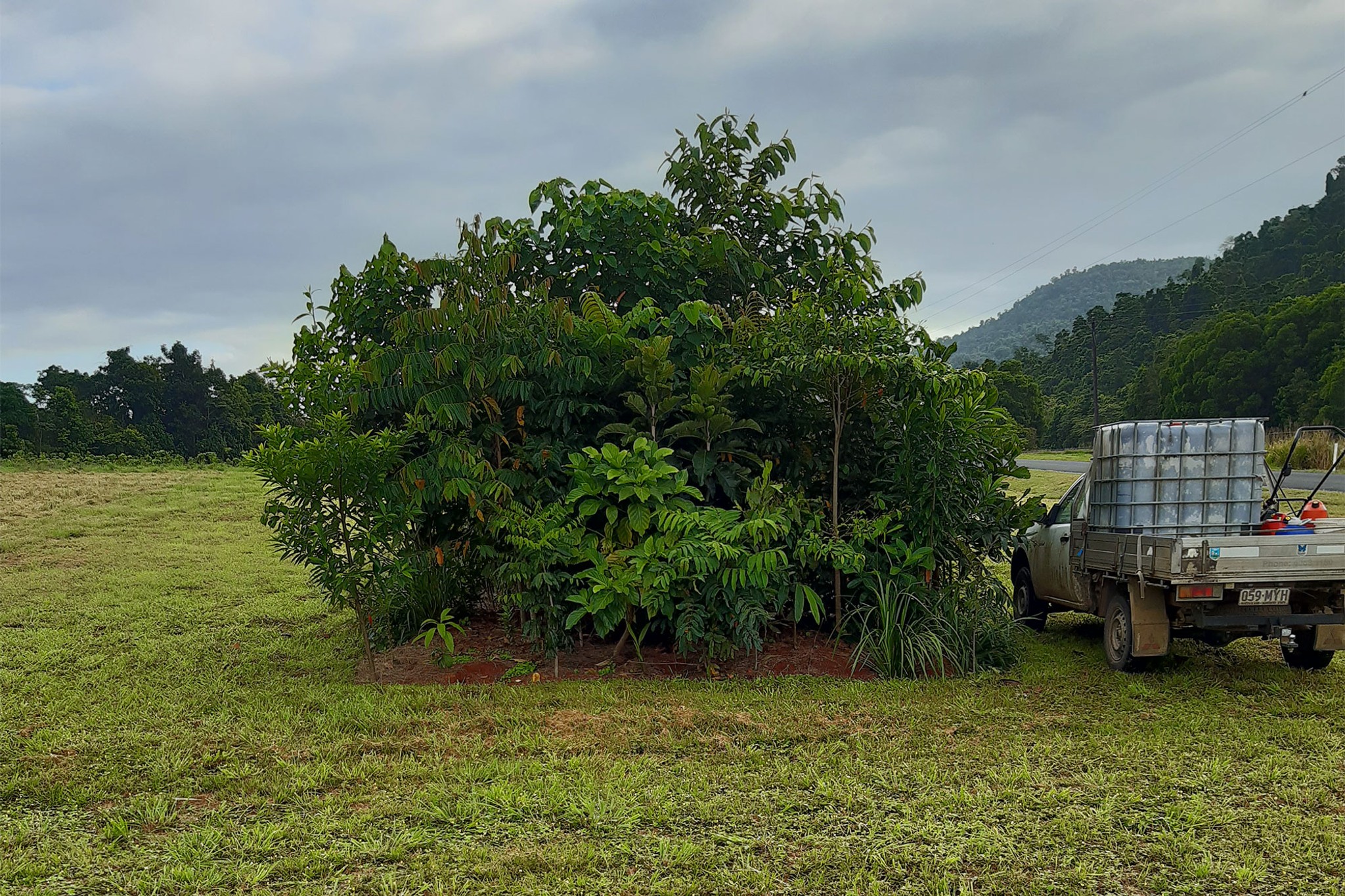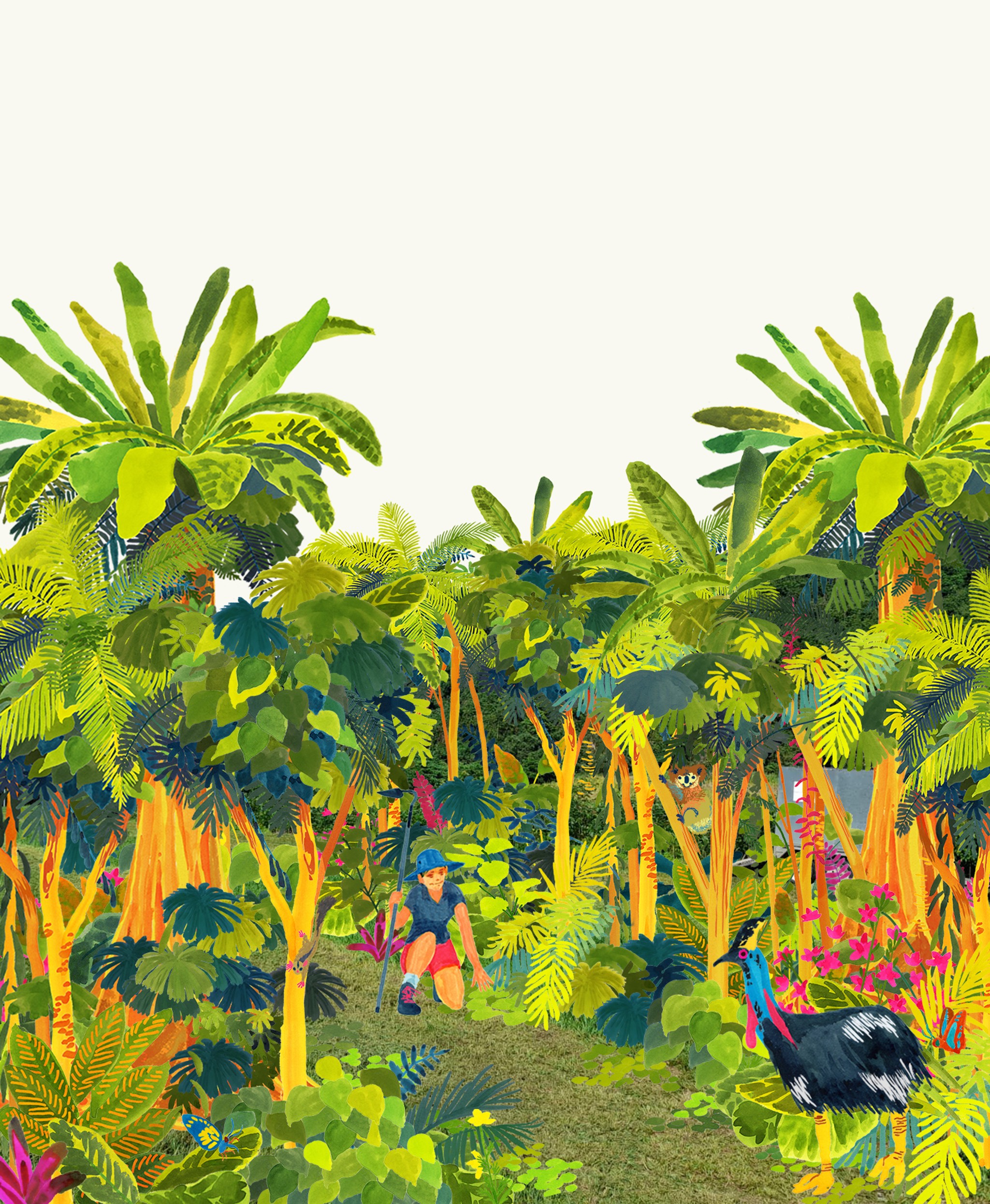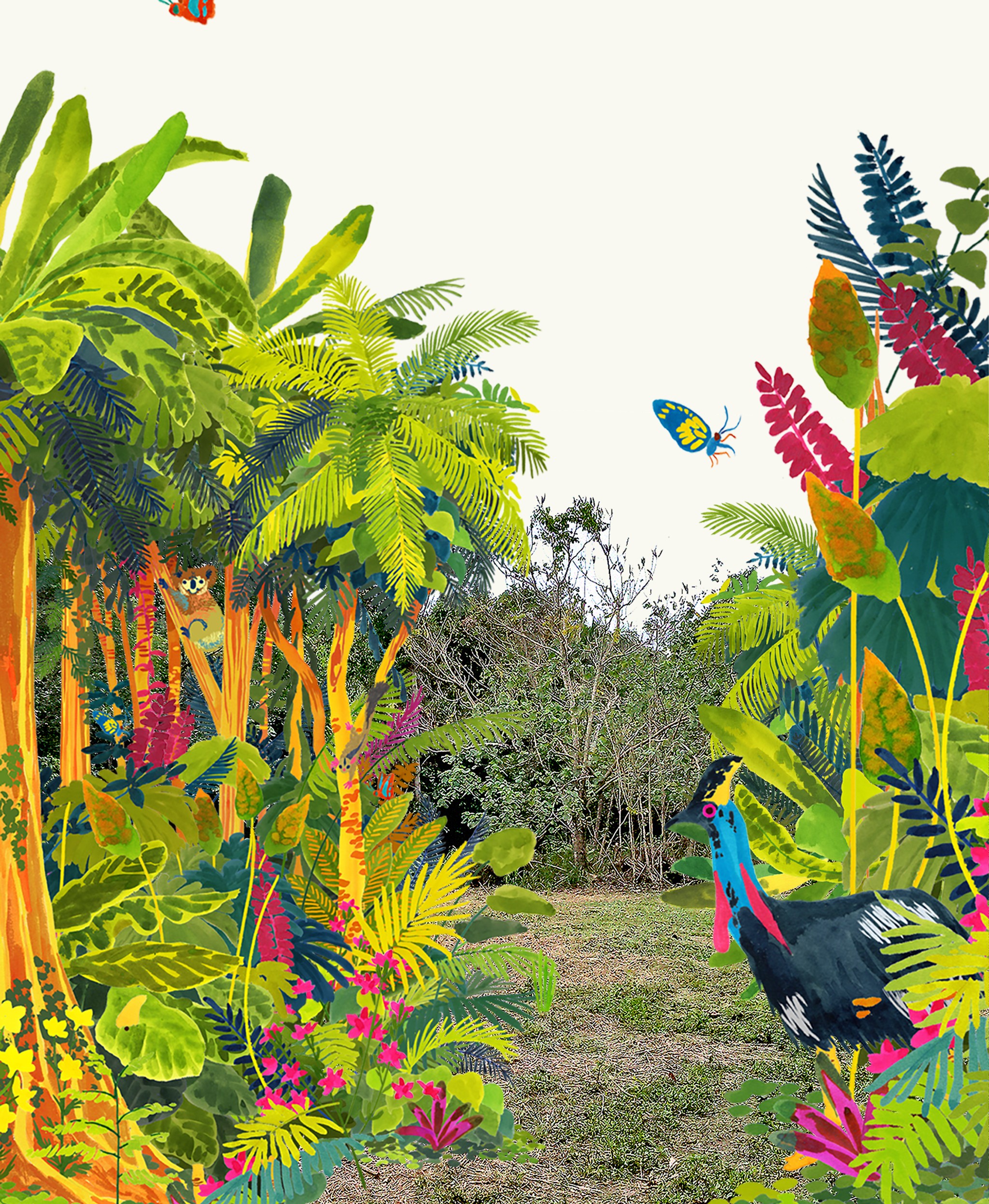Smith's Gap
Restoring habitat for the endangered Southern Cassowary bird.


0
Trees
0
Square Meters
0
Native Species
Self Sustaining Forest
Planted in October 2019, Smith’s Gap is a key part of an ongoing effort to restore fragmented habitats and create vital corridors for the endangered southern cassowary (Casuarius casuarius). By introducing native tree and plant species that thrive in the cassowary’s natural habitat—such as cassowary plum (Cerbera floribunda), quandong (Santalum acuminatum), and noni fruit (Morinda citrifolia)—we are helping to attract and sustain this iconic species. Sightings of the cassowary in the forest are now regular, a clear sign that our efforts are succeeding.
Smith’s Gap is more than just a habitat for cassowaries. It plays a crucial role in fostering biodiversity by facilitating the free movement of wildlife across the landscape. A diverse range of plant species also flourishes here, including bleeding heart (Lamprocapnos spectabilis), buttonwood (Conocarpus erectus), weeping bottlebrush (Melaleuca viminalis), and claudie tulipwood (Harpullia ramiflora). These plants, in turn, support a rich variety of wildlife—from butterflies like the bushbrown (Mycalesis spp.) and the striking Ulysses (Papilio ulysses) to native spiders such as the fringed jumping spider (Portia fimbriata) and green jumping spider (Mopsus mormon).
As this ecosystem thrives, it creates a positive feedback loop, drawing in more birds, insects, and other species, which further strengthen the health and vitality of the forest.
Forest Maker
Brett Krause
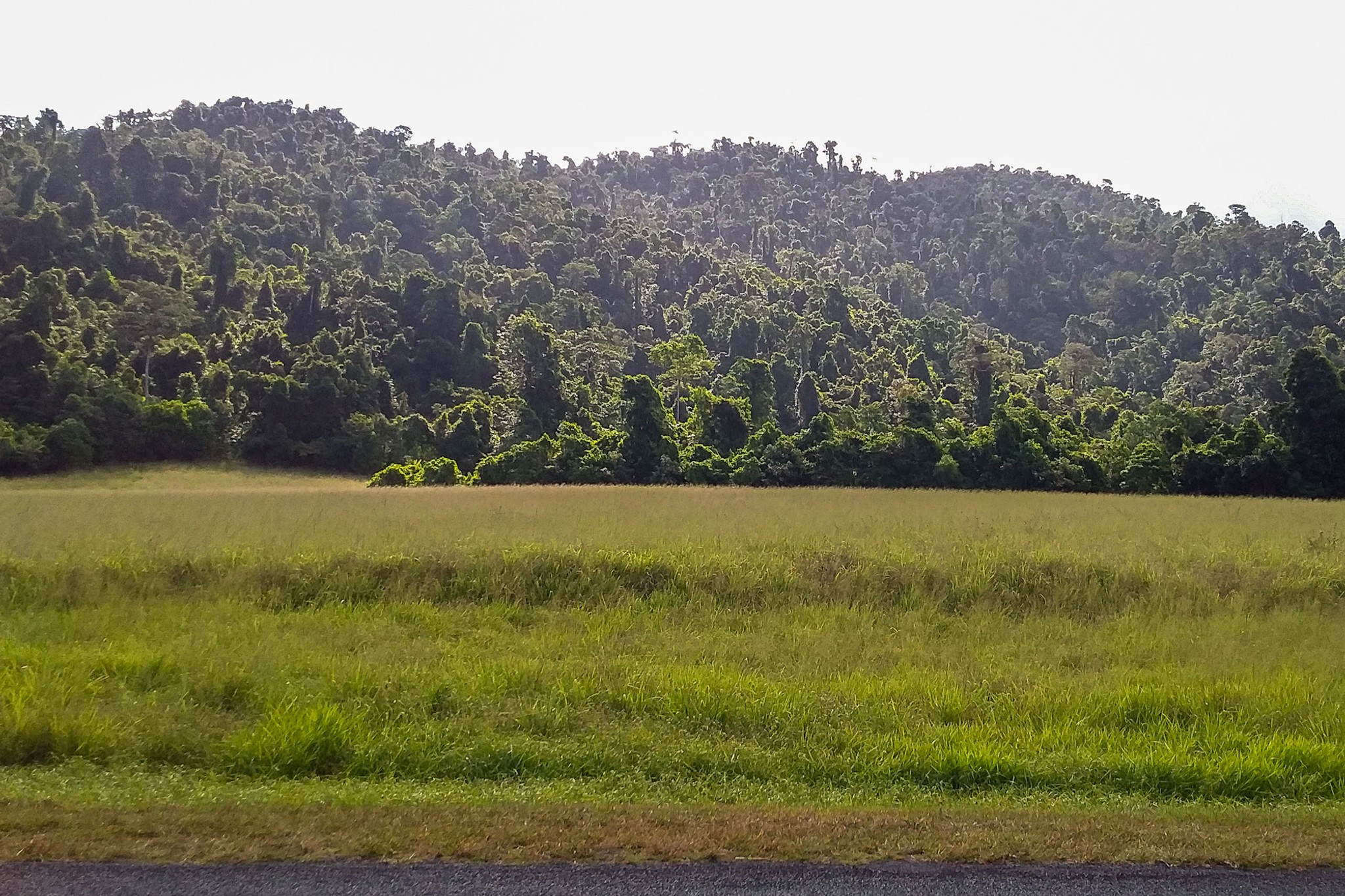
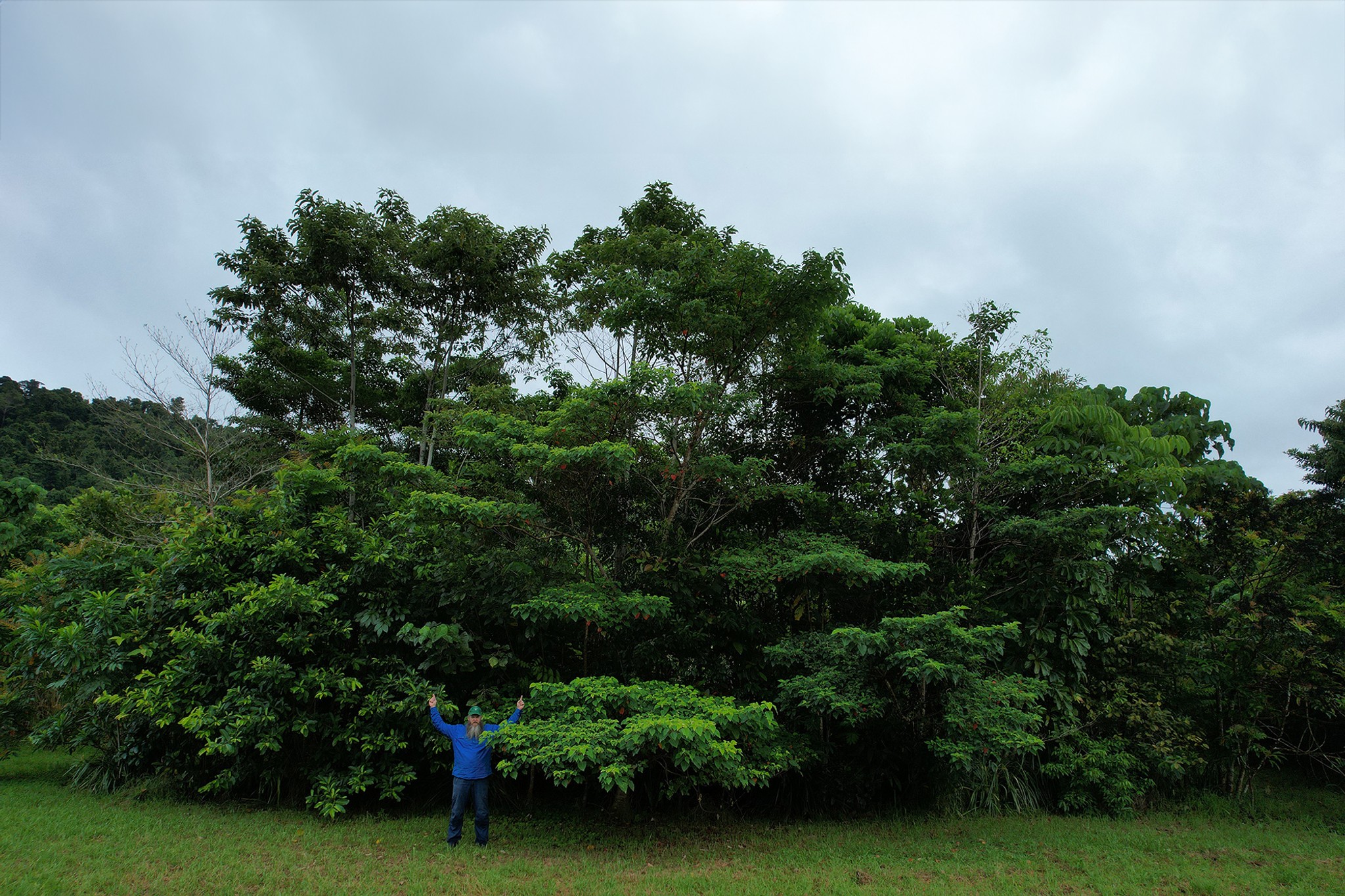
Ecosystem Restored
Final report: 16.12.2024
After approximately three years our SUGi Pocket Forests become self-sustaining. They no longer require human maintenance or watering, and can be handed over to Nature for biodiversity and complexity to naturally develop.
0%
Survival Rate
0
People living within 300 meters
0
kg of potential CO2 sequestration
Biodiversity
Biodiversity is all the different kinds of life you'll find in one area—the variety of animals, plants, fungi, and even microorganisms like bacteria that make up our natural world. Each of these species and organisms work together in ecosystems, like an intricate web, to maintain balance and support life.
0
Potential number of mammals
0
Potential number of birds
0
Potential number of amphibians
“Through the revegetation of Smiths Gap, we aim to be certified & listed as a Nature Refuge for the Cassowary Bird.”
Brett Krause, SUGi Forest Maker
Forest Report: 2022
0 Years
Forest Age
0%
Survival Rate
0m
Average of Tallest 3 Trees
This pocket forest is a triumph with excellent survival rate and growth measurements. Forest floor and leaf litter is established, with zero weed penetration. The forest is now self-sustaining. New floral species are growing in the forest from bird droppings.
Biodiversity Notes:
Trees continue to flower well, including the sandpaper fig (Ficus opposita), white ash (Alphitonia petreii) and cadaghi (Corymbia torreliana). The endangered Southern Cassowary bird (Casuarius casuarius) is spotted in the forest regularly, along with other fauna.
Forest Report: 2021
0 Years
Forest Age
0%
Survival Rate
0m
Average of Tallest 3 Trees
Forest floor and leaf litter established. Zero weed penetration. The forest is self-sustaining; it has been a great growing season with above average rainfall.
Biodiversity Notes:
“Growth rates are doing well! We are excited about what the forest will have to offer - water retention, soil productivity, carbon sequestration, and not to mention habitat for the endangered Southern Cassowary bird!”
Brett Krause, SUGi Forest Maker
Forest Report: 2020
0 Months

